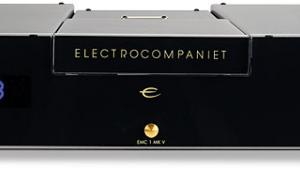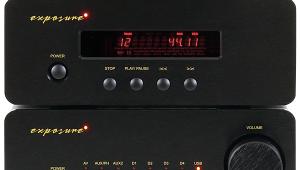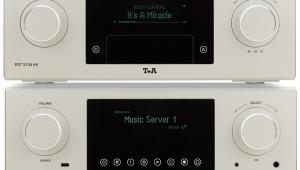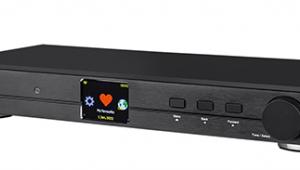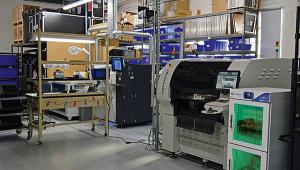Roksan Oxygene (£2500/£2800)
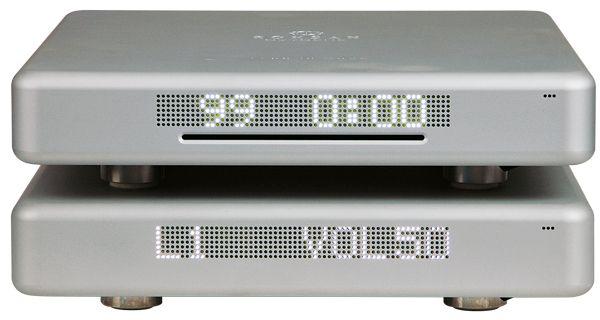
These are just the first two models in Roksan’s new Oxygene series. In the amplifier, the use of Class D or switching-amplifier technology provides high power and excellent performance from a physically compact package. There’s very little heat dissipation, so the amplifier doesn’t require big heatsinks or a lot of ventilation. The designers have chosen one of the well-known range of Hypex UcD modules, which have a high reputation for sound quality.
Roksan has developed a one-piece case, milled from solid billets of aluminium, and bolted on to a concealed flat base plate. So there is no joint line and no visible fixings, except at the back. The great key features of these designs are the touch-sensitive controls. Each unit has a conventional on/off switch, hidden underneath the front right hand-corner, and there are no visible knobs or switches. Instead, all functions are initiated by touching one of the engraved words ‘LESS IS MORE’ on the top surface.
Each forms a separate touch-sensing control button. At switch-on, the perforated display simply reads ‘ROKSAN’, but its purpose is to indicate functions as you operate the controls.
The two units look identical except for the CD transport’s loading slot – Roksan’s Oxygene transport is based on a Pioneer DVD mechanism, attached rigidly to the casework, with some damping applied. On its back panel, the only signal connections are the usual coaxial (RCA phono) electrical and Toslink optical outputs.
While the amplifier has the simplest frontal aspect, it naturally has more going on around the back. There are pairs of phonos for three line inputs, and more unusually, a screw-on Bluetooth antenna. ‘LESS’ and ‘MORE’ give you volume up/down; a touch on ‘IS’ will change the functions of the other two sensors from volume to source-select.
Ample detail
To listen to the Oxygene units in combination we needed a suitable DAC and settled on the Pathos Converto. Before setting this up, we happily listened to music from a Mac via Bluetooth. This really is a great convenience feature as the Oxygene pairs with your device quickly and painlessly. Radio 3 programmes from internet radio at the usual low bit-rate sounded rather thin, but music files came over really well.
Returning to more conventional sources, we first used the Oxygene amplifier with a Rega CD player. We really appreciated the Oxygene’s virtues of precision, speed and clarity. With ‘Tangled Up In Blue’ from Blood On The Tracks [Columbia], it brought the focus sharply on to Dylan and his gripping narrative, while the backing instruments were cleanly and firmly placed behind and around him.
Turning to the Oxygene transport, used with the Pathos DAC and feeding a Classé amplifier, we re-listened to Dylan. This set-up could really populate the soundstage with a wealth of instrumental detail, even if the effect could seem a bit too overwhelming.
But on the deceptively simple, spacious ‘Simple Twist Of Fate’ the combination excelled, projecting Dylan’s vocal while retaining the feel of air around it, so that the track was a gripping listen right down to that final dismissive snort from his harmonica.
Then putting the two Oxygene components together (still with the Pathos DAC), we felt the combination really gelled as we returned yet again to Dylan and the system made foot-tapping sense of the ‘Tangled Up In Blue’ concoction of unremitting acoustic guitar over the rhythm section’s shuffle beat.
Verdict
These are components that make an instant visual impact, but on acquaintance the Oxygene amplifier proved sonically impressive too. It has a clean, neutral, detailed and yet unforced sound, essentially vice-free. The CD transport also acquitted itself well, but it’s a pity that the Oxygene CD player wasn’t ready in time for our review.
Originally published in the 2013 Yearbook







